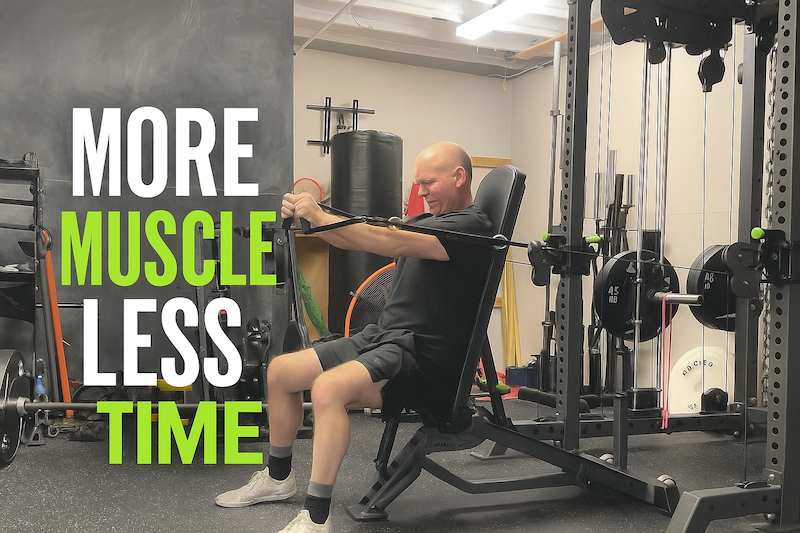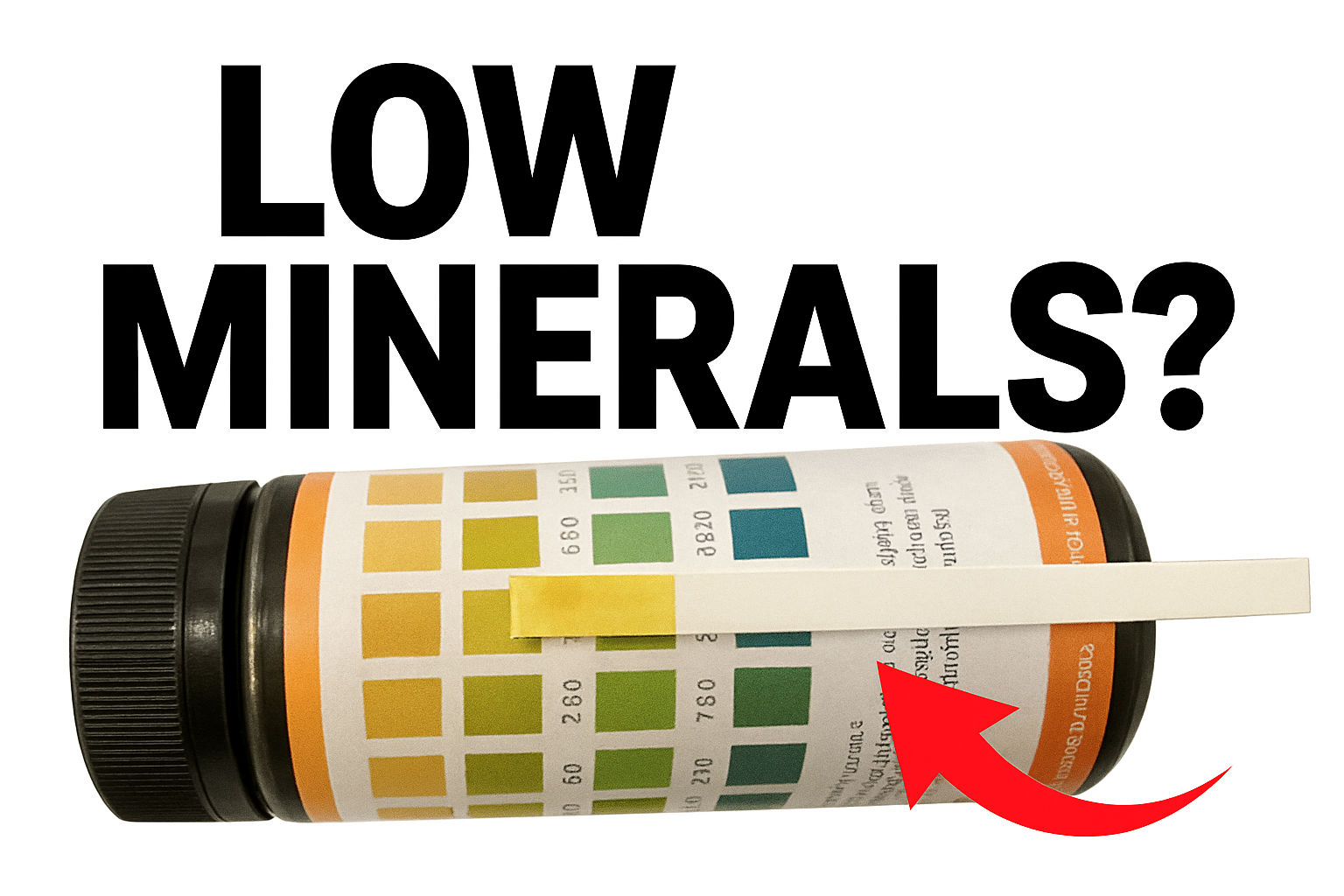(Pictured here is one of my clients that's an adamant golfer training a rotational core exercise to transfer force through the core into the upper body as a driver.)
The human body is an incredibly complex machine, and the muscles that make up our core are no exception. These muscles, which include the rectus abdominis, transverse abdominis, and internal and external obliques, are often thought of as the “powerhouse” of the body, responsible for producing the strength and stability we need to move and perform everyday tasks. However, research over the last few years has shown that the core musculature may be better understood as a force transducer, rather than a force producer.
To understand this concept, it’s important to know that the muscles of the core are not just responsible for generating movement, but also for transmitting and distributing force throughout the body. When we move, the force is generated either up the kinetic chain or down the kinetic chain, and it’s the core that helps control and distribute the force by knowing when and how much to contract. This is why the core muscles are so important for stability and balance, as well as for movement.
One of the key ways that the core musculature acts as a force transducer is by bracing. When the core is braced, we activate the muscles of the abdomen and the lower back, creating a “corset-like” effect that helps to transmit force through the body. This is why proper core bracing is so important for activities like lifting weights and playing sports, as it helps to distribute the force generated by the muscles and prevent what is often referred to as energy leaks to protect the body from injury.
Another way that the core musculature acts as a force transducer is through the process of spinal stabilization. The muscles of the core work together to maintain a neutral spine position, which helps also helps to distribute force adequately through the body. At Ascend Perform we utilize over 12 different exercises and variations of anti-rotation and bracing exercises with rotational exercises so that you’re able to control force coming through the core or transfer force to prevent weaknesses or “energy leaks”.
In conclusion, the core musculature is not just a force producer, so just doing sit-ups or crunches will not adequately train the core. You must also train it to transfer force. It plays a vital role in transmitting and distributing force throughout the body and must be trained accordingly to help maintain stability, and balance, and prevent injury. Understanding this concept is crucial for proper training and injury prevention.




